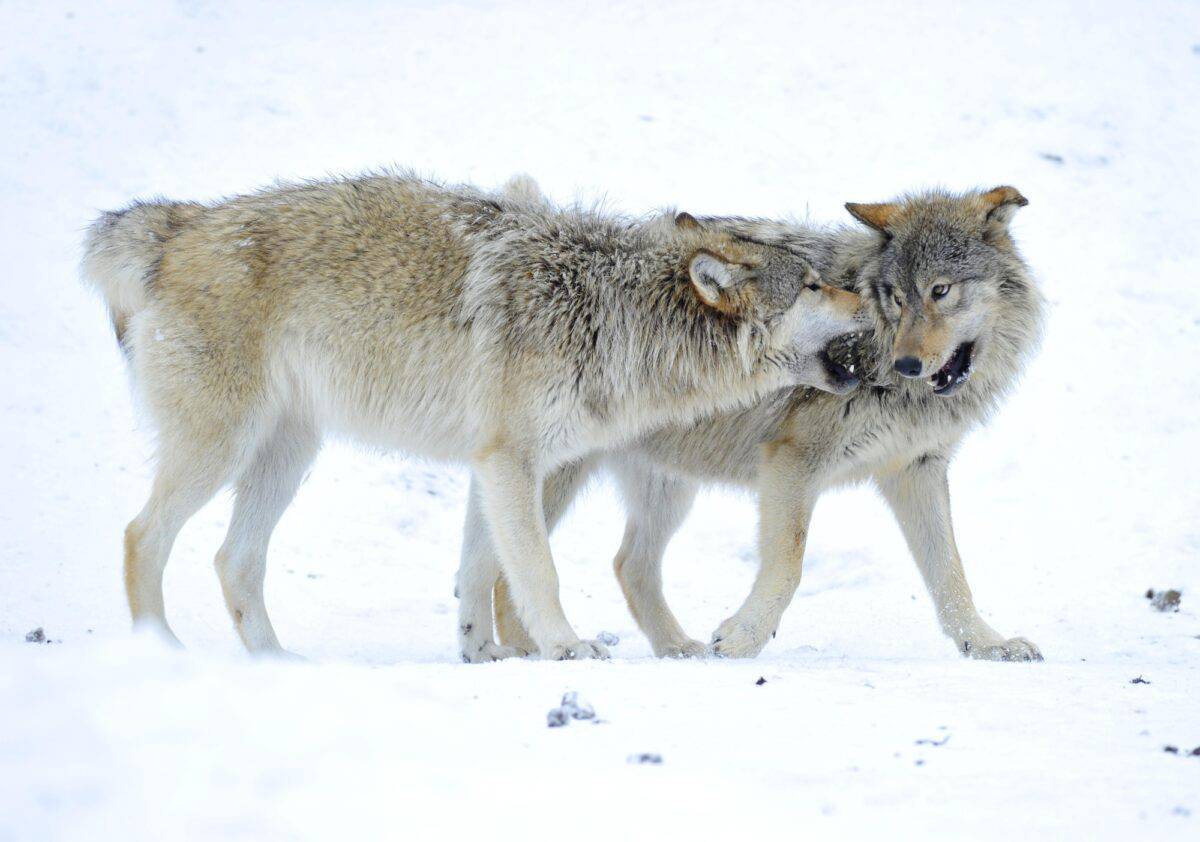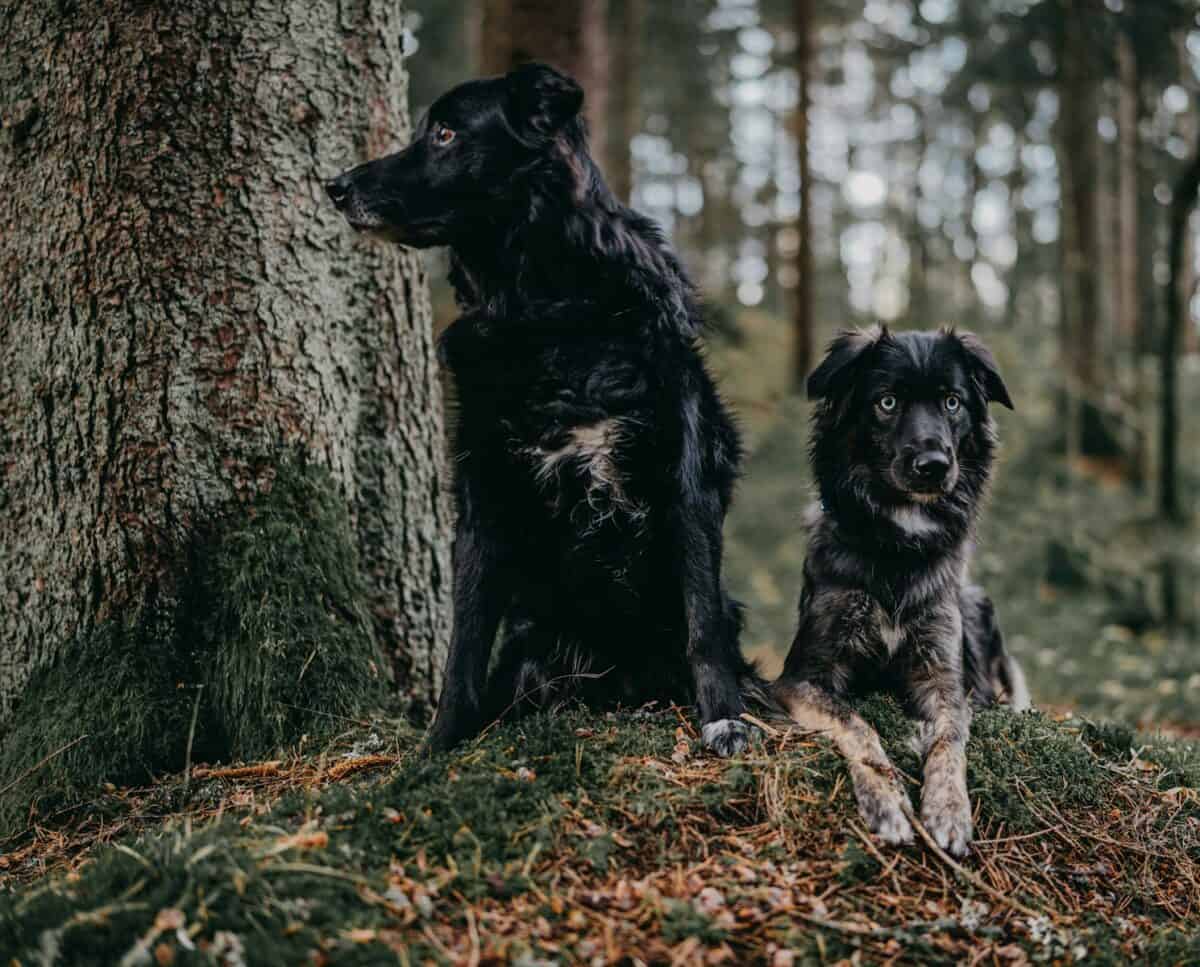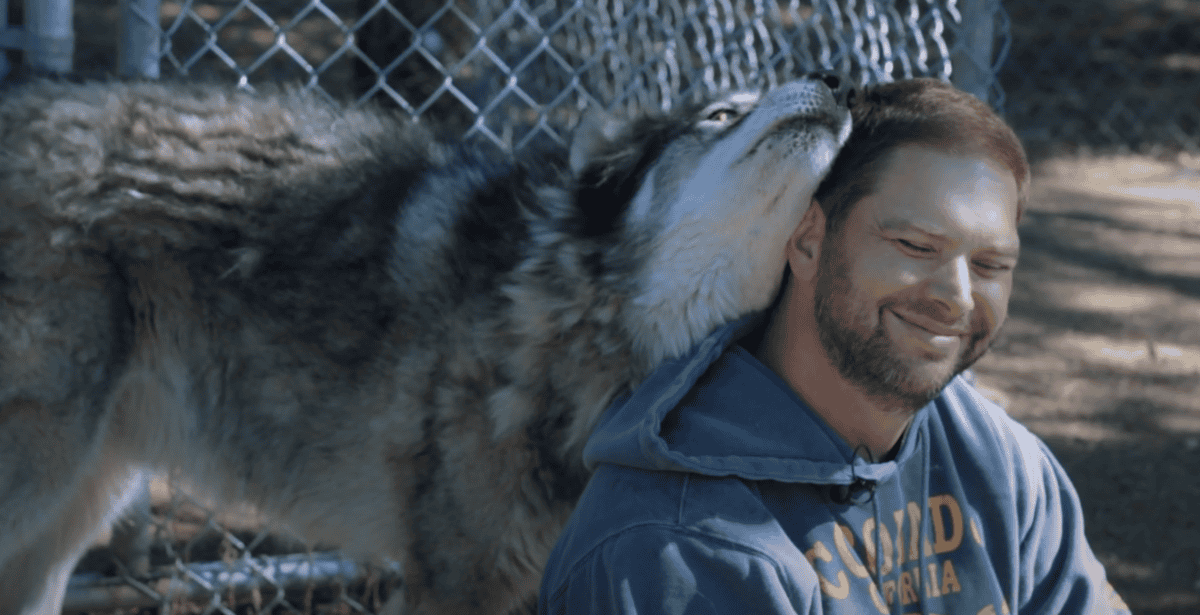Wolves are often romanticized in literature and culture for their elusive nature and mysterious behaviors. Among these fascinating traits is their tendency to form long-lasting pair bonds, often described as mating for life. In this article, we delve into the world of wolves to uncover the science and mystery behind these enduring partnerships.
Understanding the Social Structure of Wolves

The complex social structure of a wolf pack plays a significant role in how wolves form pair bonds. Typically, a pack consists of a dominant breeding pair, known as the alpha male and female, along with their offspring and sometimes other non-breeding adults. These tight-knit family groups rely heavily on cooperation and communication to thrive in the wild.
The Importance of Hierarchy in Pair Bonding

Hierarchy is a crucial aspect of wolf social dynamics. Within a pack, only the alpha pair usually breeds, preventing competition and ensuring that resources are reserved for their offspring. This system of hierarchy helps maintain stability within the group, fostering an environment where pair bonding can occur.
Developing a Pair Bond: Courtship Rituals

Wolves engage in elaborate courtship rituals that strengthen pair bonds. These behaviors include playful chasing, nipping, and vocalizations. Such actions are not only essential for mating but also serve to reinforce the connection between partners, preparing them for their roles as leaders of their pack.
The Role of Communication

Communication is vital in maintaining the bond between wolves. They use a combination of vocalizations, body language, and scent marking to interact and coordinate within their pack. This intricate communication system ensures that the pair remains in sync, especially during parenting.
Mating Season: Timing and Strategy

Wolf mating season typically occurs during the late winter months. This timing ensures that pups are born in the spring when resources are more abundant. Female wolves tend to go into estrus once a year, which emphasizes the importance of a strong pair bond and effective teamwork during the breeding period.
Shared Responsibilities in Parenting

After mating, the alpha female usually carries the pregnancy for about 63 days. Once the pups are born, both parents share the responsibilities of rearing and protecting their young. The male often hunts and brings food for the nursing mother and later, for the weaning pups. This cooperative effort is crucial for the survival of the litter.
Monogamy in Wolves: Myth or Reality?

While wolves are often believed to be strictly monogamous, their relationships can be more complex. Some wolf pairs do stay together for life, but changes in pack dynamics, challenges from other wolves, or the death of a mate can lead to new pairings. Thus, while the tendency is towards long-term bonds, flexibility exists within their relationships.
Reasons Behind Loyalty in Wolf Pairs

The loyalty observed in wolf pairs can be attributed to social cohesion and survival strategy. By sticking with a single, reliable partner, wolves increase their chances of successfully raising offspring and maintaining authority within the pack hierarchy. This loyalty is rooted more in practical benefits than romantic notions.
Comparisons with Human Relationships

Interestingly, the loyalty and cooperation seen in wolf pairs have often been likened to human romantic partnerships. Both humans and wolves value strong social bonds and work collaboratively with their partners to raise their young. This parallel offers insights into the evolutionary advantages of pair bonding in social animals.
Conservation Implications for Wolf Pair Bonds

Understanding wolf pair bonds is crucial for conservation efforts. Protecting wolf habitat and ensuring stable pack dynamics can aid in the preservation of these majestic animals. Conservation strategies that factor in the importance of social structures are more likely to succeed in supporting healthy wolf populations.
The Impact of Changing Environments

Changes to natural habitats due to human encroachment and climate change can disrupt the delicate balance of wolf pack dynamics. This, in turn, affects pair bonding and reproduction. Conservationists need to consider the impact of environmental changes to maintain the natural behaviors that allow wolves to thrive.
The Future of Wolf Pair Bonds

As our understanding of wolf behavior deepens, the appreciation for their complex social structures, including pair bonding, grows. With continued research and conservation efforts, there is hope that wolves will continue to exhibit these fascinating behaviors for generations to come.
In conclusion, wolves form pair bonds as a strategy for survival and pack cohesion. These bonds are supported by a combination of communication, shared responsibilities, and social hierarchy. While not entirely monogamous, wolves’ tendency towards loyalty and partnership reflects deeply ingrained evolutionary strategies. Recognizing and preserving these natural behaviors is essential for the conservation of this iconic species.
- Why Zebras Roll in Dust and Mud - August 9, 2025
- America’s Most Endangered Mammals And How to Help - August 9, 2025
- The Coldest Town in America—And How People Survive There - August 9, 2025

